Build Conversational AI to Automate your Business
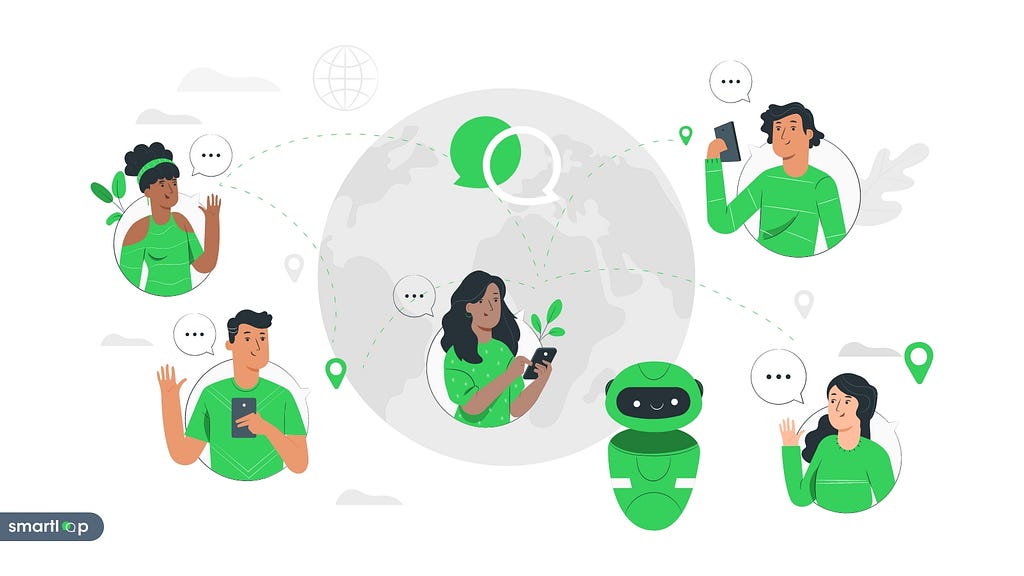
Continued to year 2020, situation of market is changing globally. People and businesses are adopting new technologies to become more digital. According to a research 60% businesses are agreed that managing the customer traffic and lead generation is the biggest challenge in this era. Using older techniques for marketing and generating brand awareness are difficult, less effective and expensive. The pandemic situation is leading more and more people to the digitalization. Now, people are using messaging apps not only for personal communication only, but businesses are also moving forward to these popular messaging apps to connect with customers, engage them with brand and boost the lead generation process.
To super charge sales processes and to automate the marketing, AI giving a giant contribution to the industries. As brands are focusing on personalized promotions and offering, artificially intelligent chatbots are brining human touch. This technology is making communication way smarter and has capacity to handle each and every situation which comes in the way while talking with the customers. As chatbots are becoming more advanced, developing that kind of smart chatbot has become more difficult. So, how can you build a smart chatbot to grab your customer’s attention?
Smartloop is introducing a simple law code platform to build this automation tool in matter of hours. Smartloop.ai is easy to use flow builder platform which helps to create smart and logical chatbots with the knowledge base capacity to improve your CTR over traditional marketing techniques, to boost the ROIs of your business. You can build chatbots to get qualified leads, booking appointments, selling your products, and more without any skill or technical knowledge.
Here are some of the feature which Smartloop.ai offers to your –
Conversational Flow Builder
With Smartloop.ai’s flow builder you can develop conversational flows with rich media support like Images, cards, carousals, videos, audio, smart delay, buttons, quick replies and so much more. You can simple quick and drop the elements you want and can build a smart conversational flows according to your needs.
No additional skills or technical knowledge is required for that. You can ask users questions and can save their replies for customer insights and can always segment users with the help of conditions.
Knowledge Base
To build a smart chatbot and to make that smart chatbot smarter with time, knowledge base is the most important element. Your chatbot can remind the unanswered queries and you can train those queries on your knowledge base so that bot can remember the answer and you don’t have to worry about the rest.
So with Smartloop’s knowledge base, you can make your chatbot learn from the past experiences and never repeat the same error messages on each user queries.
Human HandOff
Of course, chabots are smart, but in the case of urgency or more complex problem, your chatbot can smartly handover the conversation to the human agent so you never miss the chance to deliver the best customer service.
So, when the bot handover the query, it already has the past conversation from which the agent can get the idea about this customer and see what they are looking. So a chatbot can smartly handover the conversation to human at the right time without any delay so you never loss the lead.
Automated Messages
Send automated proactive messages to the users for sending out promotions & deals, upcoming offers, reminders, newsletters, order status and so much more. Reach out to mass audience at the same time with your updates and offering by these automated messages.
Smartloop allows you to create and schedule automated messages for various purposes with customize settings and conditions, so your user never misses an important update form your business!
Multichannel Capabilities
Choose any channel where your customer belong and start building a chatbot for that particular channel with rich media support. Smartloop.ai supports channels like Facebook Messenger, Viber and more.
Don’t try to drag your customers to the platforms where you belong! Instead of that, try to be there where your customers belong with Smartloop.ai.
API integrations
To connect 3rd party tools, CRM, and use API integration support by Smartloop to justify your customer’s need dynamically.
Connect Smartloop with your website, mobile apps and CRM system to collect user’s data at the same place and deliver a dynamic experience to user while communicating with bot. Achieve usecases like Order tracking, fetching values form websites and mobile apps, showing dynamic data with filters and more with Smartloop’s API Integrations.
Multiple Language Support
You can choose your basic language and start building your chatbot on that language without any additional settings, integrations and multilingual tool plug-ins.
Choose the language with you and your customers are comfortable and deliver an excellent customer service without any language barrier by using Smartloop.ai.
Basic readymade Templates
Get started with basic free readymade templates for lead generation, lead qualification, appointment booking and more and build smart conversational flows to achieve your goals.
Motivate your customers to perform a desired action through conversational manner and build this solution in matter of hours without any hassle and complications with simple & easy flow builders and readymade templates.
LiveChat Support
Give your users LiveChat support with our LiveChat functionality. Reply your user’s query anytime from anywhere without any difficulties. Get notified when the user’s request arrives, start the conversation, manage the conversation and resolve the query to maintain your pipline with Smartloop.ai.
Analytics and Insights
Get valuable insights of your customers and get details on customer’s behavior, and bot’s efficiency and build your marketing strategies with this insights to win heart of more customers.
Segment this insights or filter insights with the time selections and get the real time information about your user’s and their activities with your bot.
These were some basic features; we have tried to cover in this blog. For more information and to get started with your free trail create your Smartloop’s account at smartloop.ai. Don’t miss the chance to impress your customers and make them love your brand like never before with Smartloop. For more information contact us at hello@smartloop.ai or visit us at smrtloop.ai.
Build your conversational AI to automate your business with Smartloop was originally published in Smartloop on Medium, where people are continuing the conversation by highlighting and responding to this story.
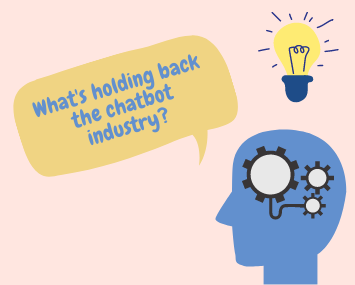
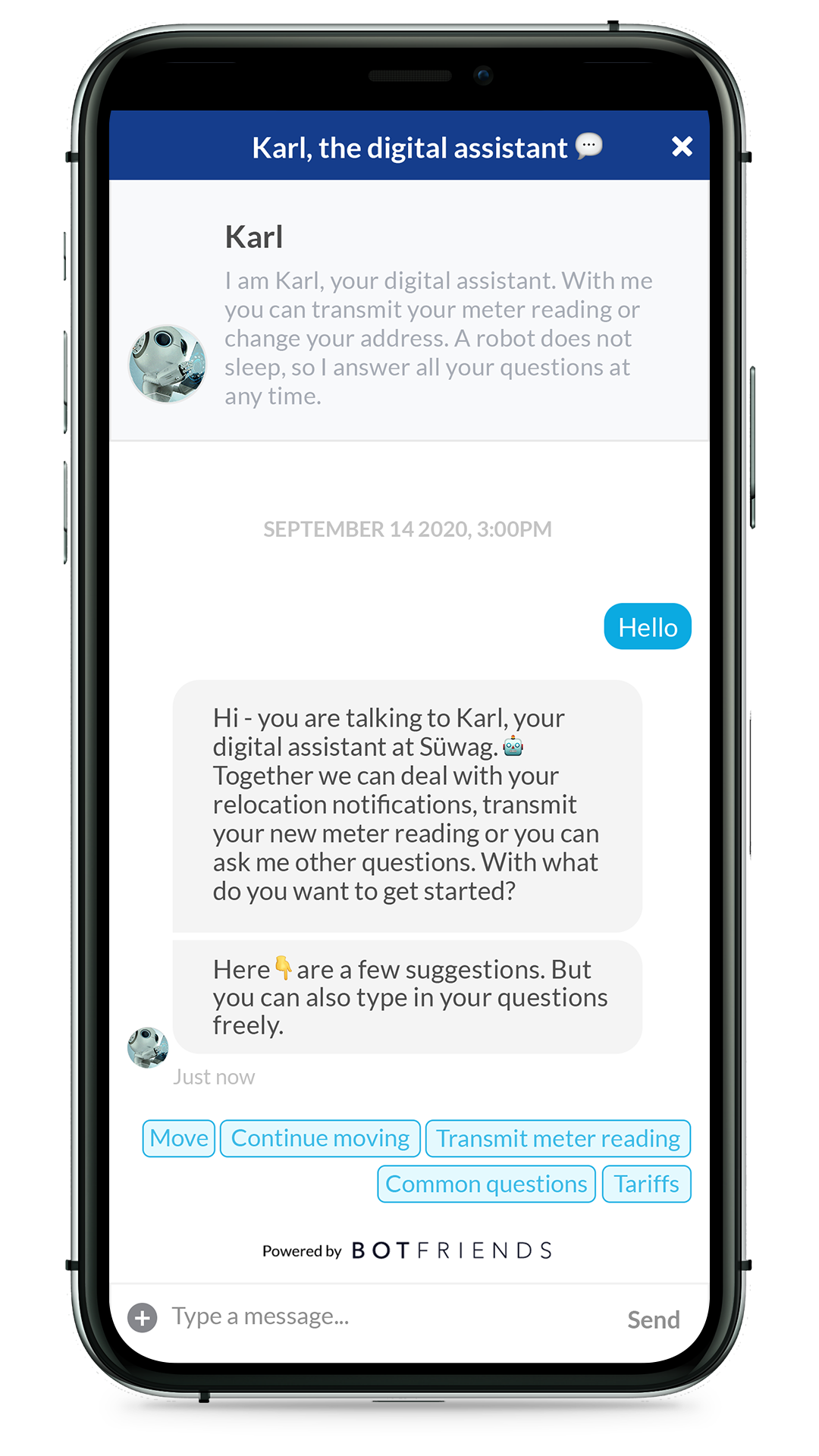
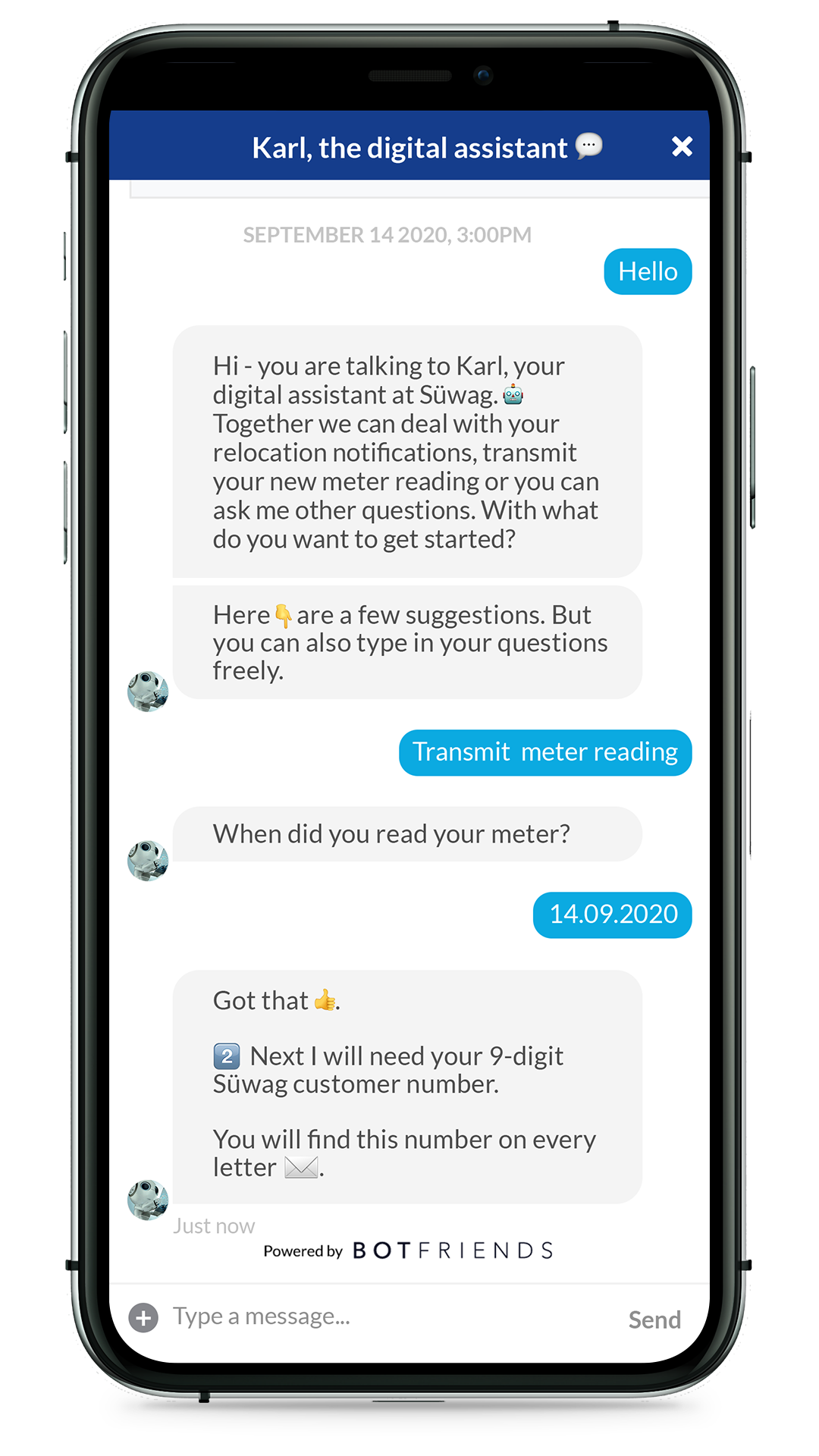
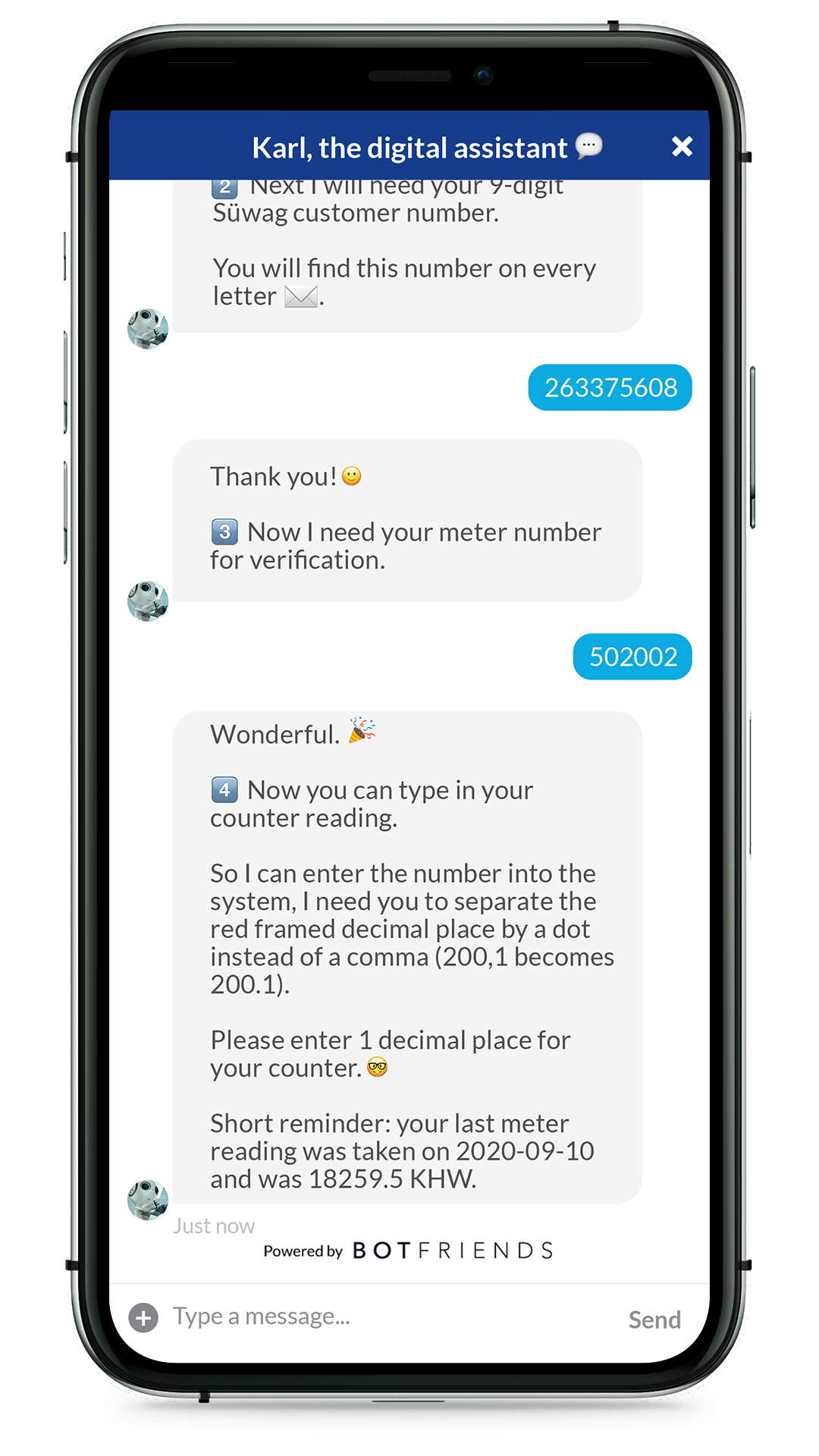
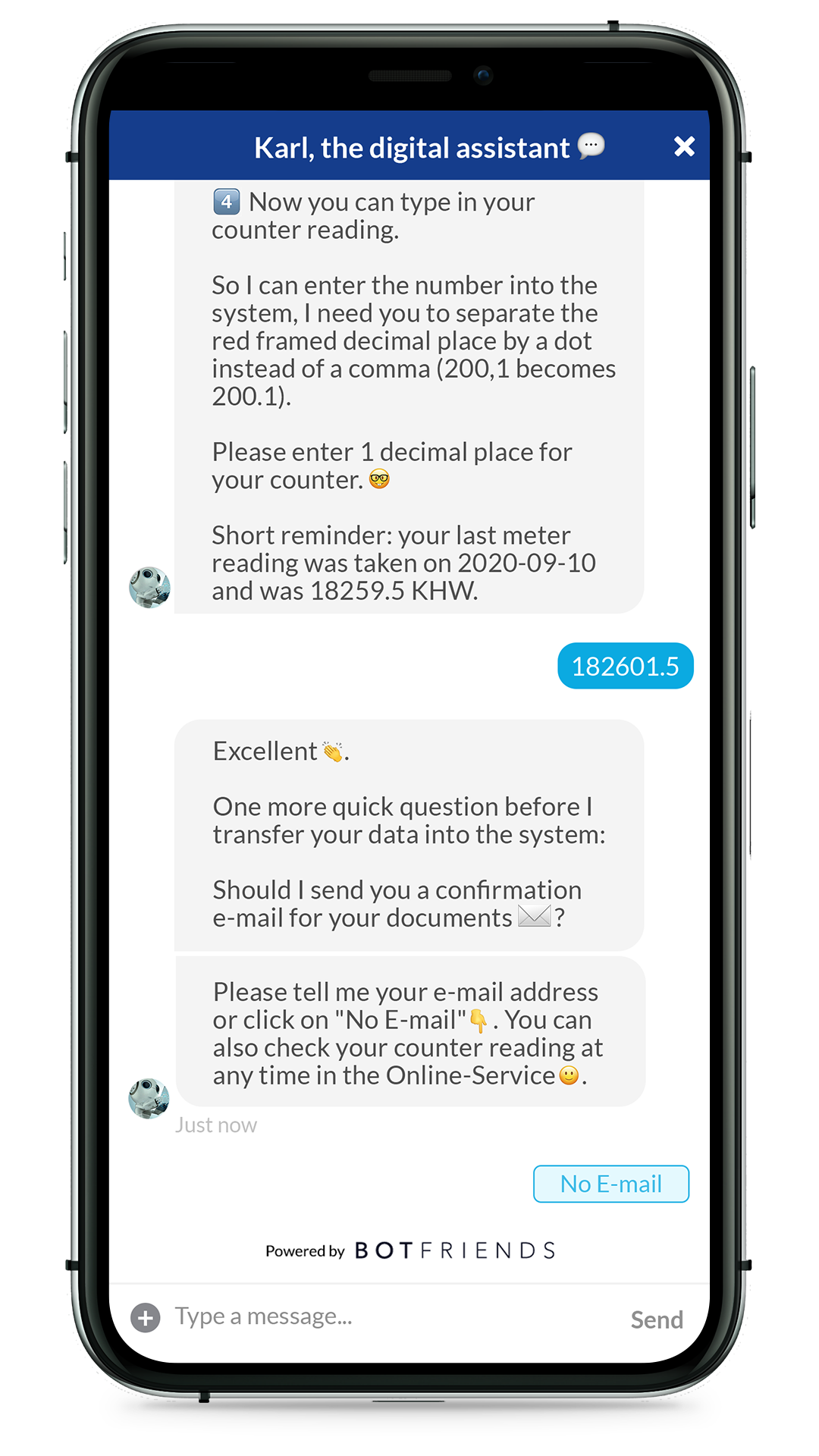
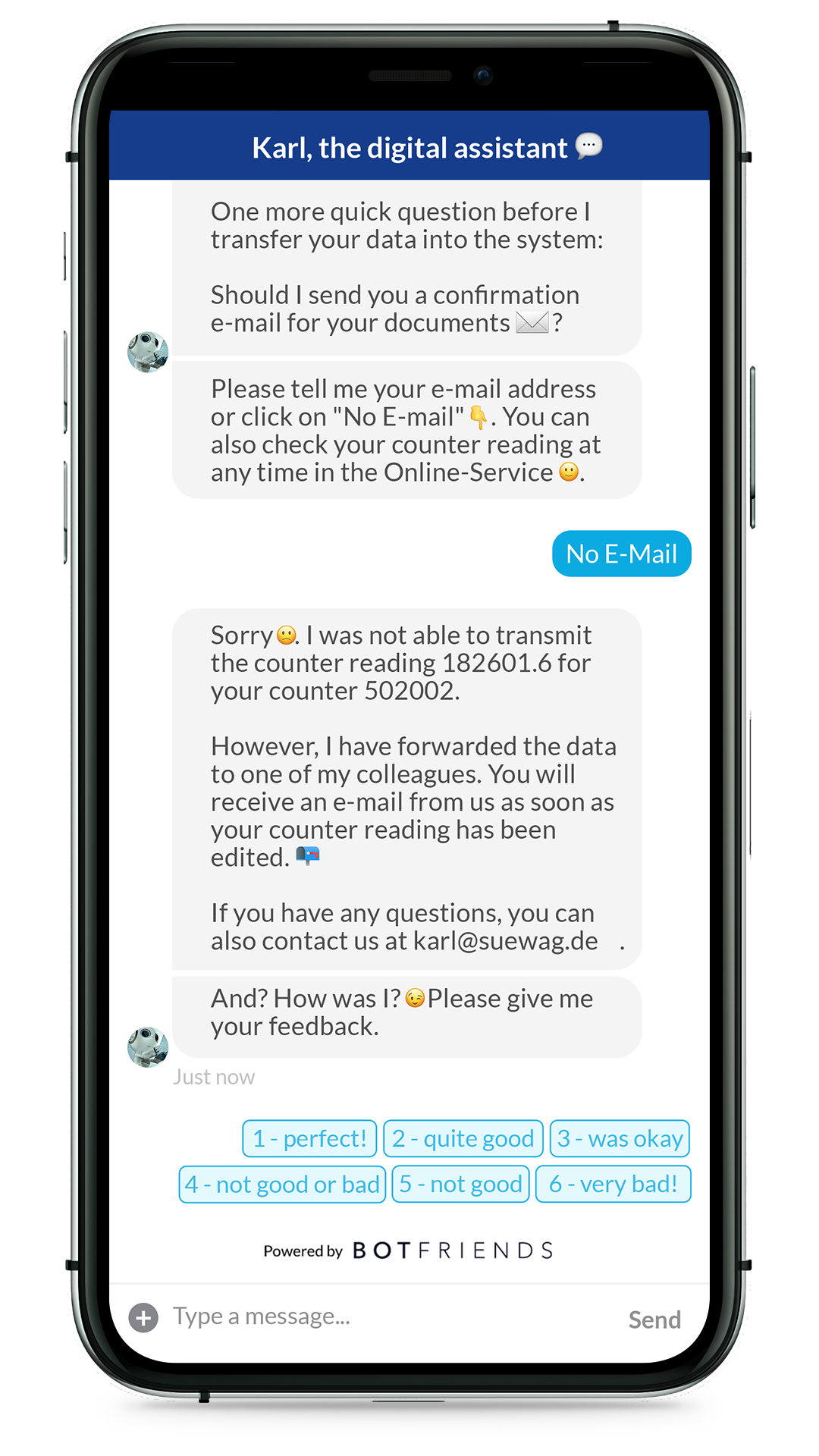

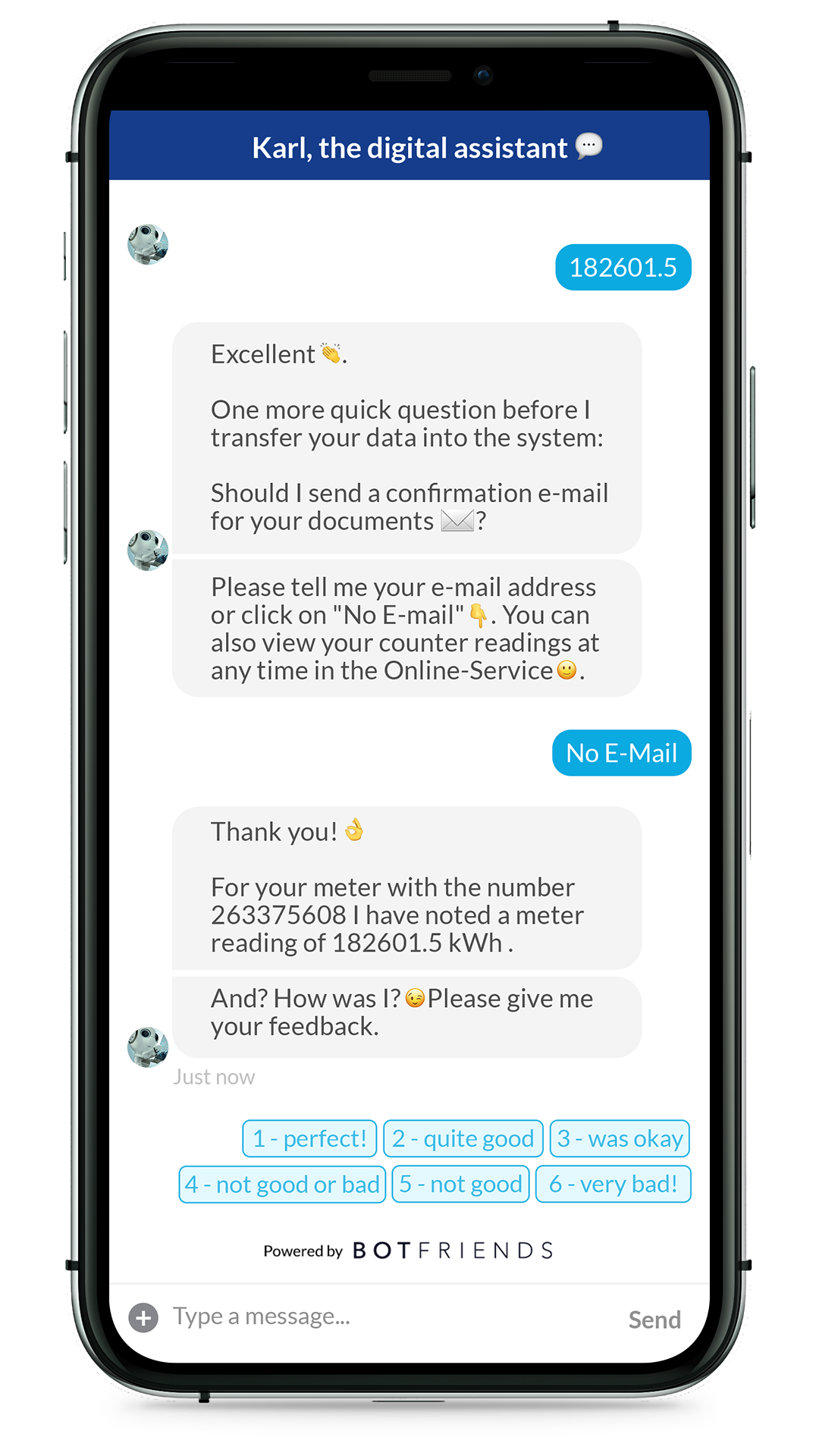
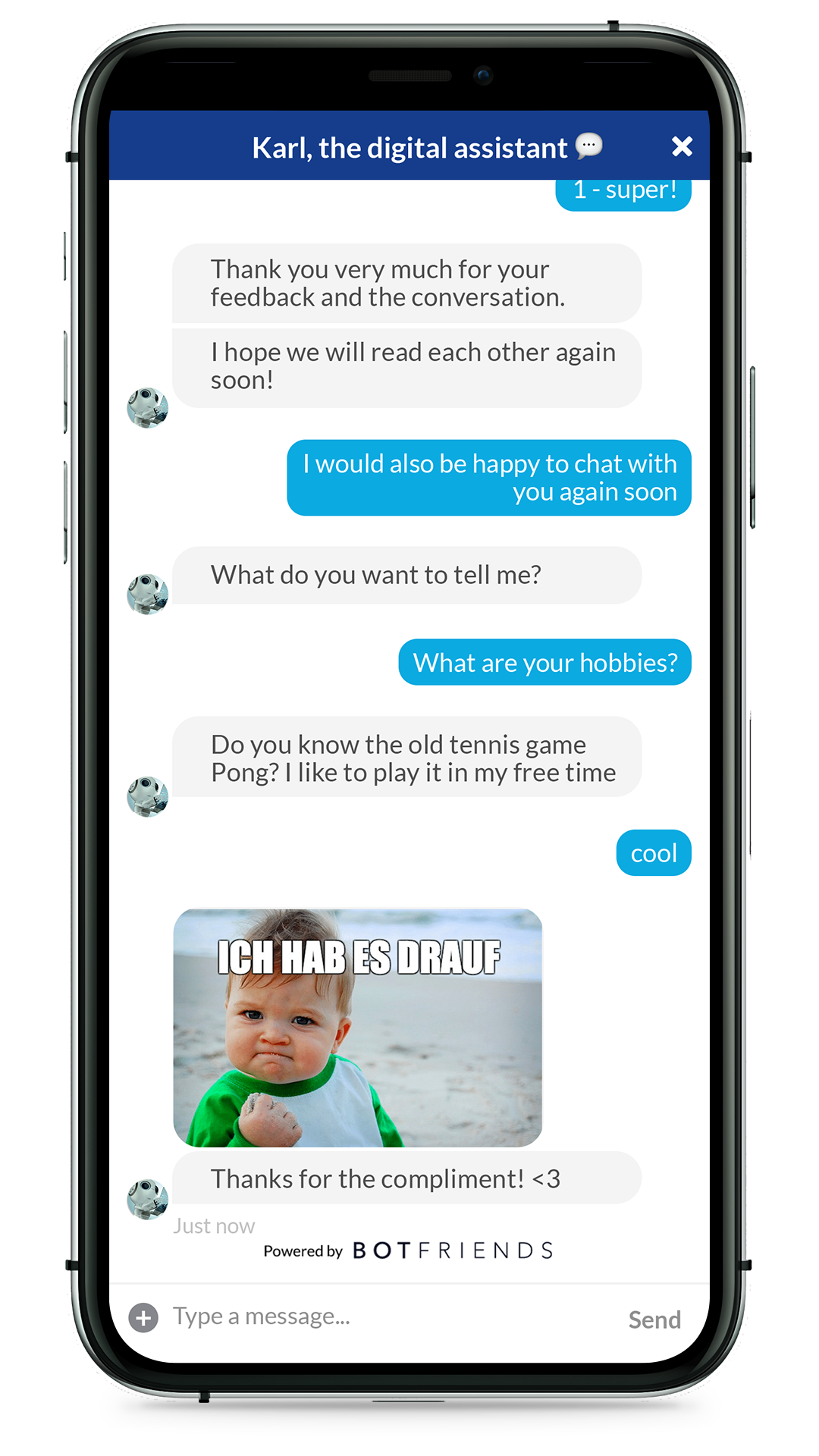
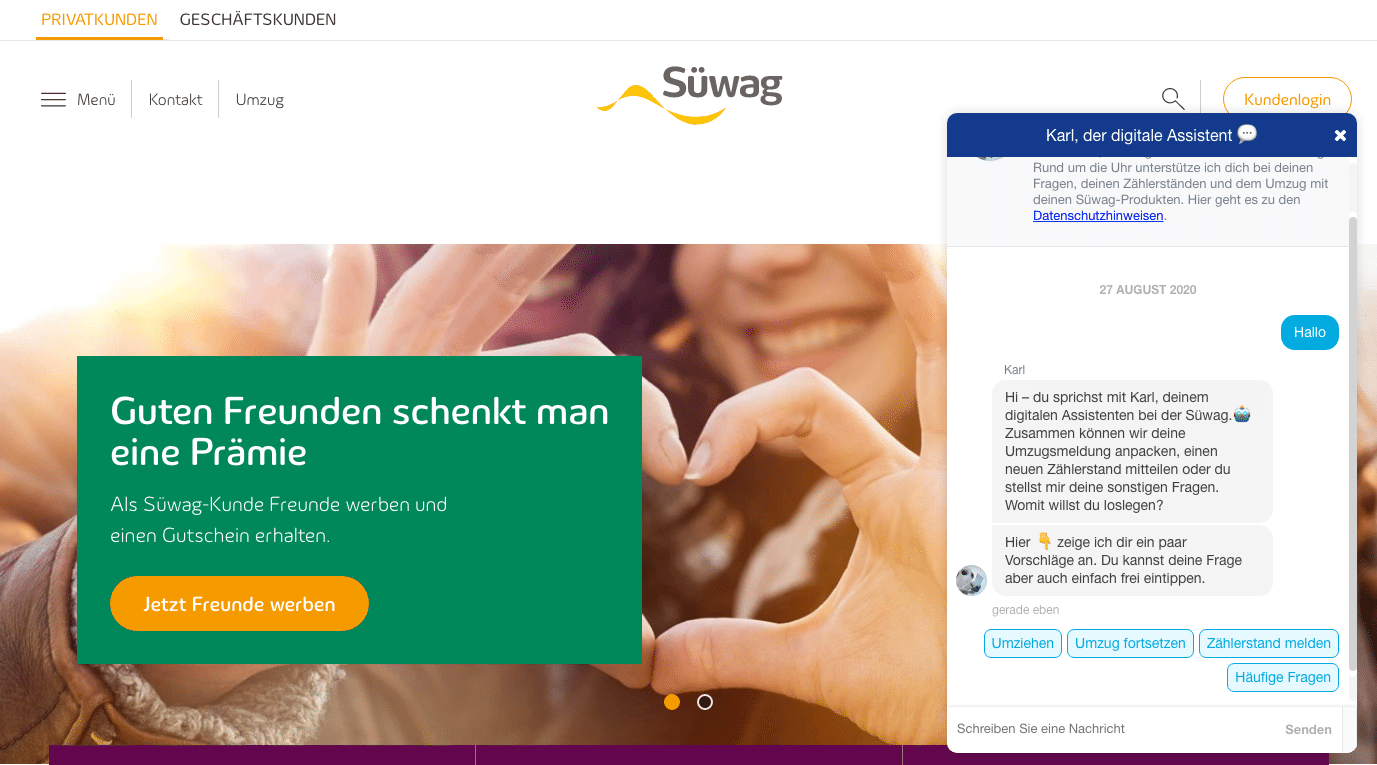



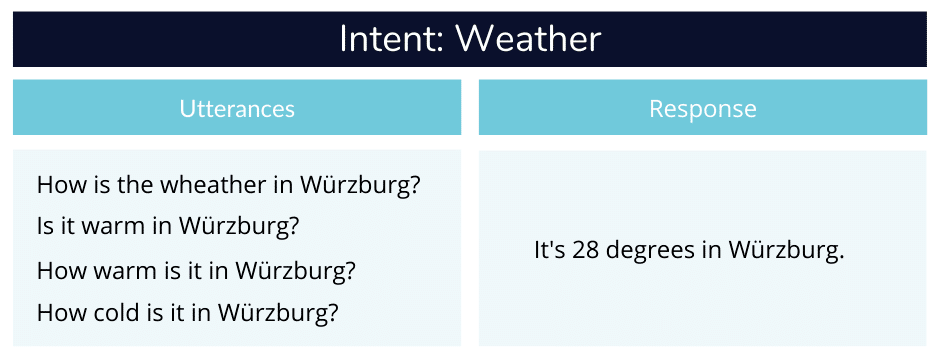


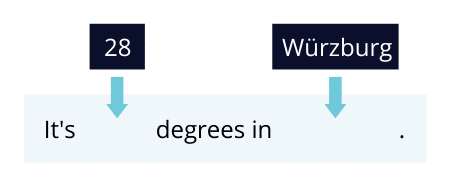
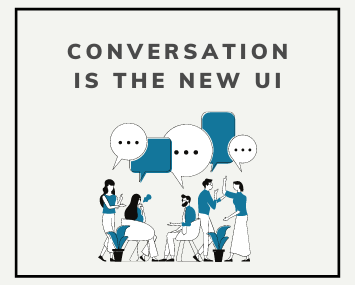
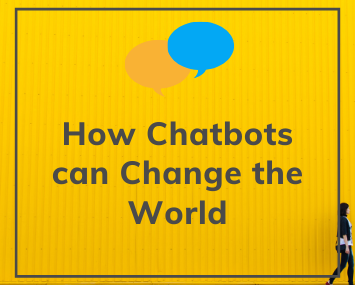

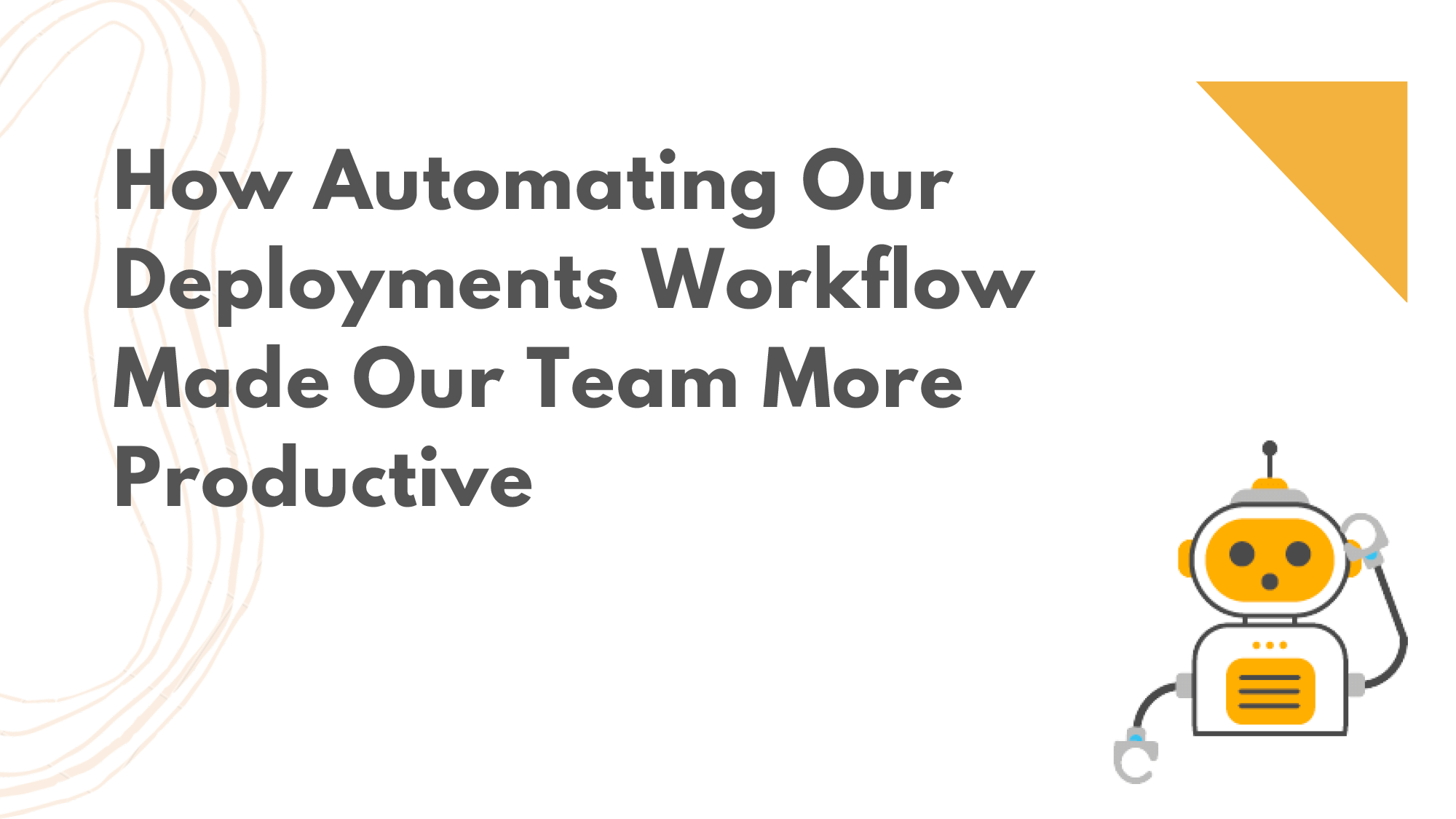



 </span>. The text is then suppressed in the channel where it doesn’t apply.
</span>. The text is then suppressed in the channel where it doesn’t apply.

